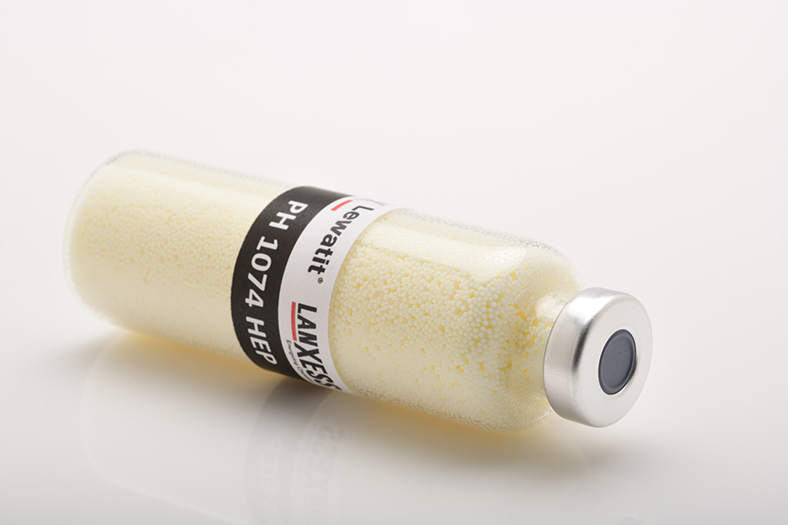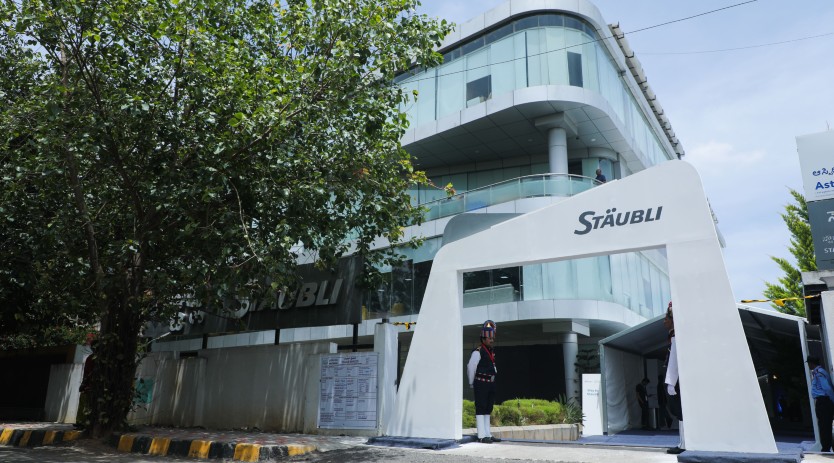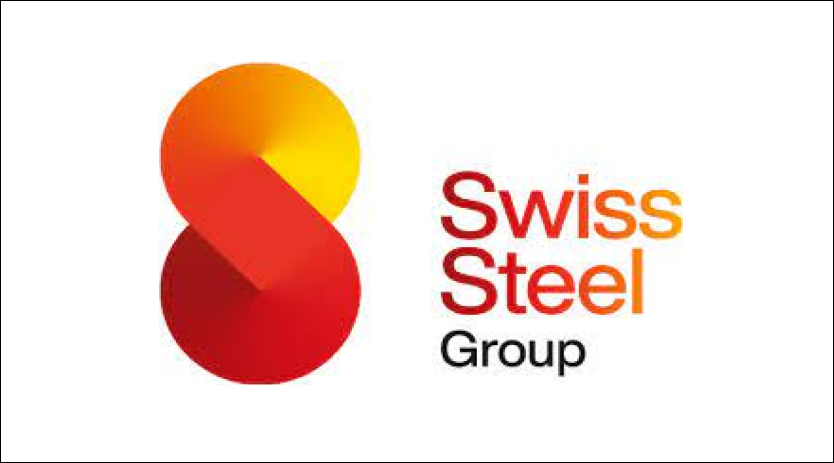Ion exchange resins for heparin production and sugar decolorisation
December 30, 2020 5:06 pm
Specialty chemicals company LANXESS is extending its portfolio of products in the consumer care segment to include the new Lewatit PH 1074 HEP. In addition to the decolorization of fermentation broths and sugar, it is particularly suited to the purification and intermediate storage of heparin. As one of the leading manufacturers of ion exchangers, LANXESS intends to use this innovative product to tap new customers in the pharmaceutical and bioprocessing industry and further strengthen its market position.
The macroporous, strongly basic anion exchange resin that meets food quality standards is based on a cross-linked polyacrylate. It has a special pore structure and resin matrix, which has been exclusively developed for the capture of highly molecular compounds.
Lewatit PH 1074 HEP is suitable for the treatment and purification of products derived from biomass, as it supports the reliable capture and removal of organic substances with a high molecular weight. This means that liquid sugar syrups or complex process solutions such as fermentation broths, for example, can be purified and treated.
Ion exchange results in high heparin yield, activity and purity
Sugar polymer heparin is used in medicine to prevent blood coagulation and venous thrombosis and is also applied as anticoagulant, for example, during heart surgery and dialysis. Heparin is typically purified with ion exchange resins, as this produces a higher yield, activity and purity of heparin and similar end products in comparison with precipitation processes for purification.
The methods used in the commercial production of pharmaceutical heparin are closely guarded operational secrets. All start with the collection of pig intestines from slaughterhouses, followed by the separation of the mucosal tissues. This is then broken down with enzymes in order to release heparin and polysaccharide derivatives.
Lewatit PH 1074 HEP helps extract the heparin from this complex mixture and then purify it. The ion exchanger can also be used to stabilize the heparin for transport and storage, which prevents the sugar polymer from breaking down.
Following the successful isolation and pre-purification of the heparin by the Lewatit PH 1074 HEP, further purification steps are carried out in order to produce heparin that meets pharmaceutical quality standards. This includes the removal of residual peptides and nucleotides, viruses and bacterial endotoxins, which can be achieved by means of bleaching, acid washing and caustic treatment and oxidation for virus inactivation as well as alcohol precipitation.
Cookie Consent
We use cookies to personalize your experience. By continuing to visit this website you agree to our Terms & Conditions, Privacy Policy and Cookie Policy.















